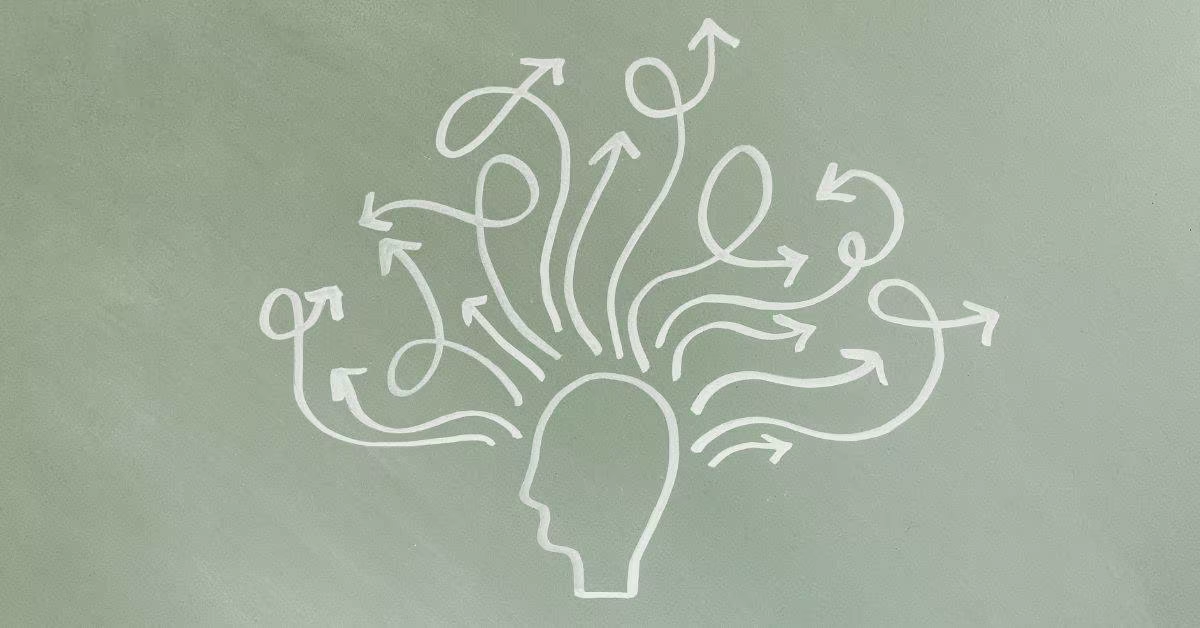What is ADHD?
ADHD stands for Attention Deficit Hyperactivity Disorder, it is a neurodevelopmental disorder that affects both children and adults. It is characterized by symptoms such as inattention, hyperactivity, and impulsiveness. These make it difficult for individuals to regulate their behavior, focus their attention, and follow through on tasks.
People with ADHD usually have learning disabilities as they struggle with tasks that require sustained attention. These include reading, writing, or completing homework assignments. They also experience difficulties with organization, time management, and impulse control.
Additionally, ADHD causes difficulty with executive function, sitting still for a long, listening to directions, and waiting their turn. People with ADHD struggle with impulsivity and fidgeting and they have issues with working memory.
What Causes ADD/ADHD?
There is no single cause of ADD (Attention Deficit Disorder) or ADHD. However, research suggests that genetic, neurological, and environmental factors all play a role. The disorder is typically treated with a combination of medication, behavioral therapy, and lifestyle changes.
Is ADHD Linked with Dyslexia?
ADHD and dyslexia are two separate conditions, but they co-occur in some individuals. Approximately 30-50% of individuals with dyslexia also have symptoms of ADHD, such as inattention, impulsiveness, and hyperactivity.
Both people with ADHD and dyslexic people struggle to learn and process information. Therefore it is important for individuals to receive a proper evaluation and receive appropriate treatment if needed.
Is ADHD Linked with Autism?
Both ADHD and autism are neurodevelopmental disorders that affect a person’s ability to concentrate, pay attention, and regulate their behavior. However, they have distinct diagnostic criteria and present differently in individuals.

How to Deal with ADHD?
Dealing with ADHD is challenging, but with the right support and strategies, individuals with ADHD can manage their symptoms. Here are some ways to help manage ADHD:
- Medication: Stimulant medications, such as Ritalin or Adderall, are commonly prescribed to treat ADHD. These medications help increase attention, focus, and impulse control.
- Behavioral therapy: Behavioral therapy, such as Cognitive Behavioral Therapy helps individuals with ADHD develop better habits.
- Lifestyle changes: Making healthy lifestyle choices, such as getting regular exercise and eating a balanced diet helps manage ADHD symptoms.
- Organization and planning: Developing effective organizational and planning strategies, such as using a planner or scheduling regular check-ins, help individuals with ADHD stay on track and manage their time.
- Time management: Prioritizing tasks and breaking them down into smaller, manageable steps help individuals with ADHD avoid feeling overwhelmed and stay focused on their goals.
- Mindfulness and relaxation techniques: Practicing mindfulness, meditation, or other relaxation techniques help individuals with ADHD manage stress, increase focus, and reduce impulsiveness.
- Support network: Having a support network, such as friends, family, or a support group, provide individuals with ADHD with a sense of community and help them feel less isolated.
What is the Best Reading Assistance for People with ADHD?
People with ADHD (Attention Deficit Hyperactivity Disorder) benefit from several reading assistance strategies, here are some of the most effective:
- Visual aids: Using visual aids like highlighters, color coding, or graphic organizers help break up the text and make it easier to understand and retain information.
- Active reading: Engaging in active reading techniques, such as underlining, taking notes, or summarizing helps keep the reader’s focus and attention on the material.
- Breaks: Taking short breaks every 20-30 minutes to stretch, move around, or refocus the eyes help prevent fatigue and increase concentration.
- Multisensory approach: Incorporating multisensory learning techniques, such as listening to audiobooks or using physical manipulatives, help strengthen understanding and retention of information.
- Pre-reading activities: Previewing the material before reading, such as looking at headings, subheadings, and images, help set a context for the reading and make it easier to follow and understand.
- Accommodations: Accommodations, such as extra time on exams or using assistive technology like text-to-speech software, help level the playing field for individuals with ADHD.
How Text-to-Speech Technology is Beneficial for People with ADHD?
Text-to-speech technology is a valuable tool for individuals with ADHD. It is possible to read Microsoft Word docs, PDF files, articles, emails, ebooks, and more.
Some of the ways people with ADHD benefit from text-to-speech technology include:
- Improved focus: Listening to the text read out loud helps increase focus and prevent distraction, especially for those with ADHD who have trouble with reading comprehension.
- Increased comprehension: Hearing the text helps improve comprehension, especially for those with ADHD who struggle with reading fluency and decoding skills. Using TTS increases comprehension while people read for the first time.
- Reduced eye strain: Reading for extended periods of time is tiring for anyone, but it is especially challenging for people with ADHD who have difficulty sustaining focus. Text-to-speech technology eliminates the need for extensive reading, reducing eye strain and fatigue.
- Better organization: Many text-to-speech programs allow users to adjust the speed and volume of the audio, making it easier to control the pace of reading and keep up with the material.
- Accessibility: Text-to-speech technology provides a level of accessibility to written material for individuals with ADHD who struggle with reading difficulties or visual impairments.
- More efficient learning: By freeing up visual and mental resources, text-to-speech technology allows people with ADHD to absorb information more efficiently and effectively.
The text-to-speech software apps are helpful for young people with attention deficit disorder and adult ADHD.





 Dubai, UAE
Dubai, UAE